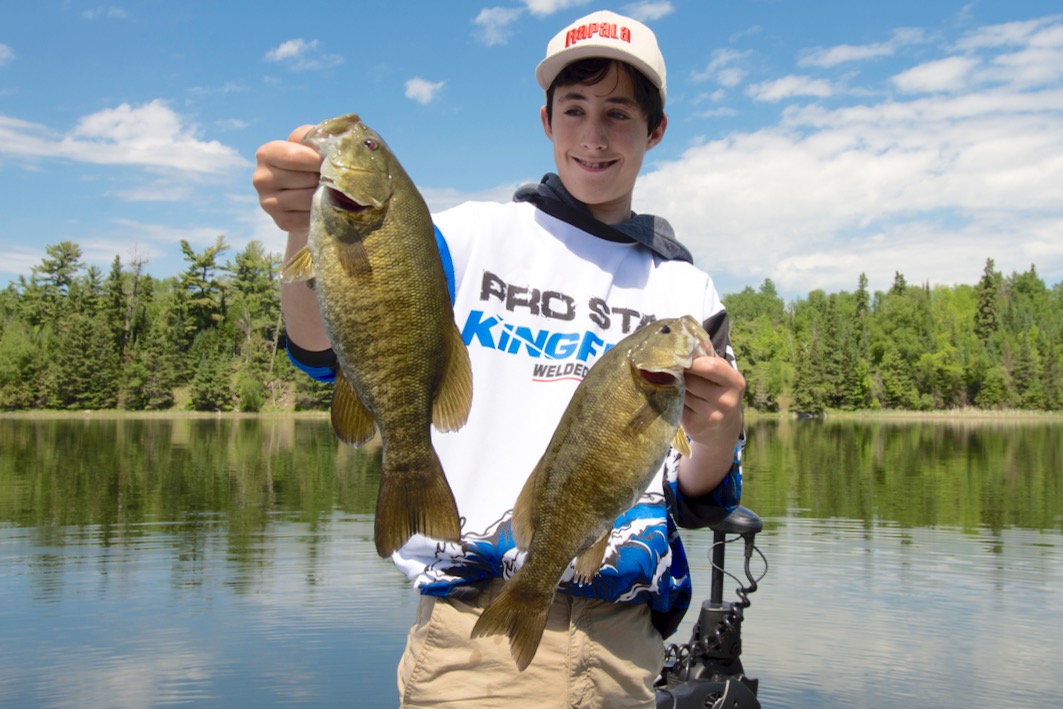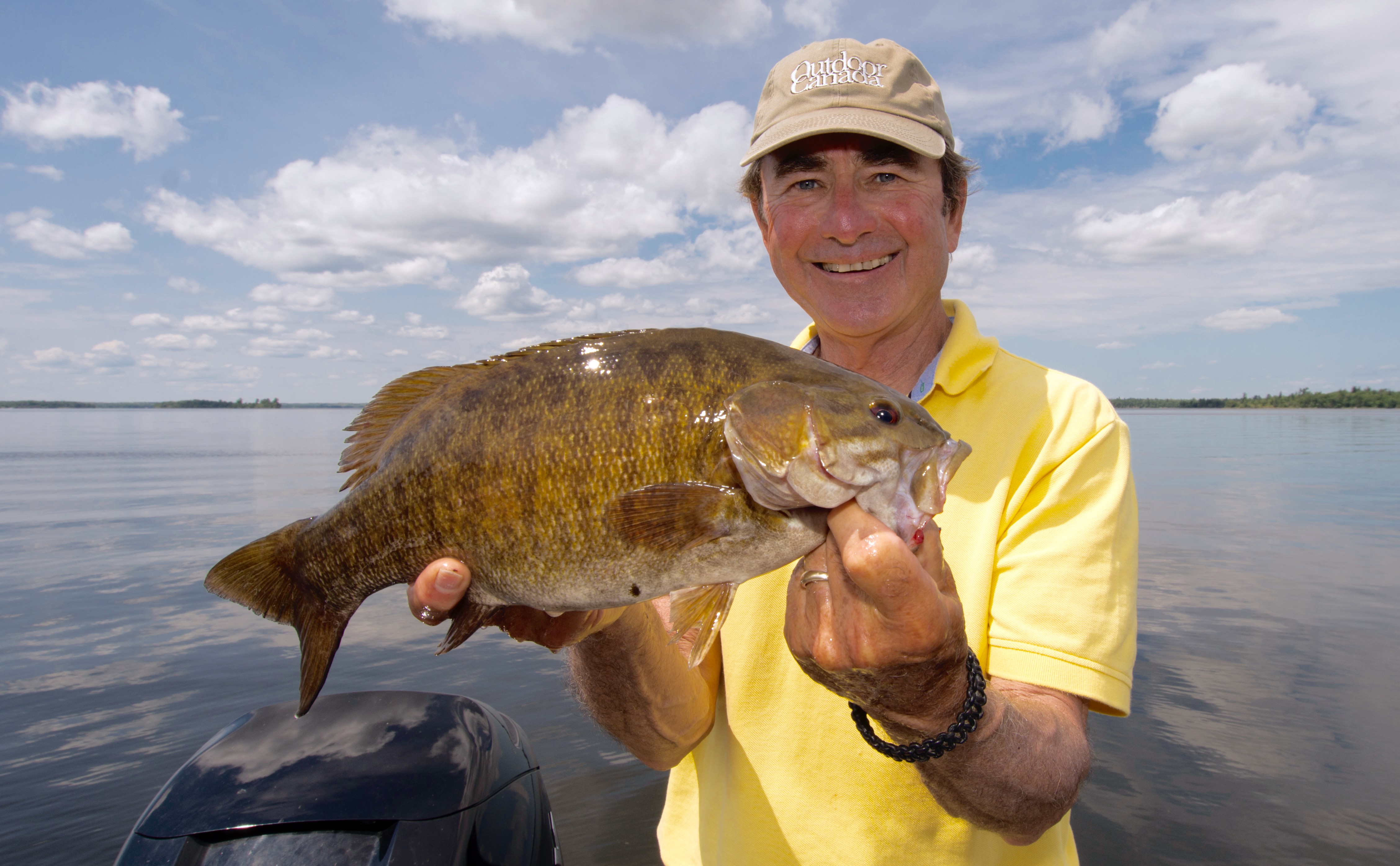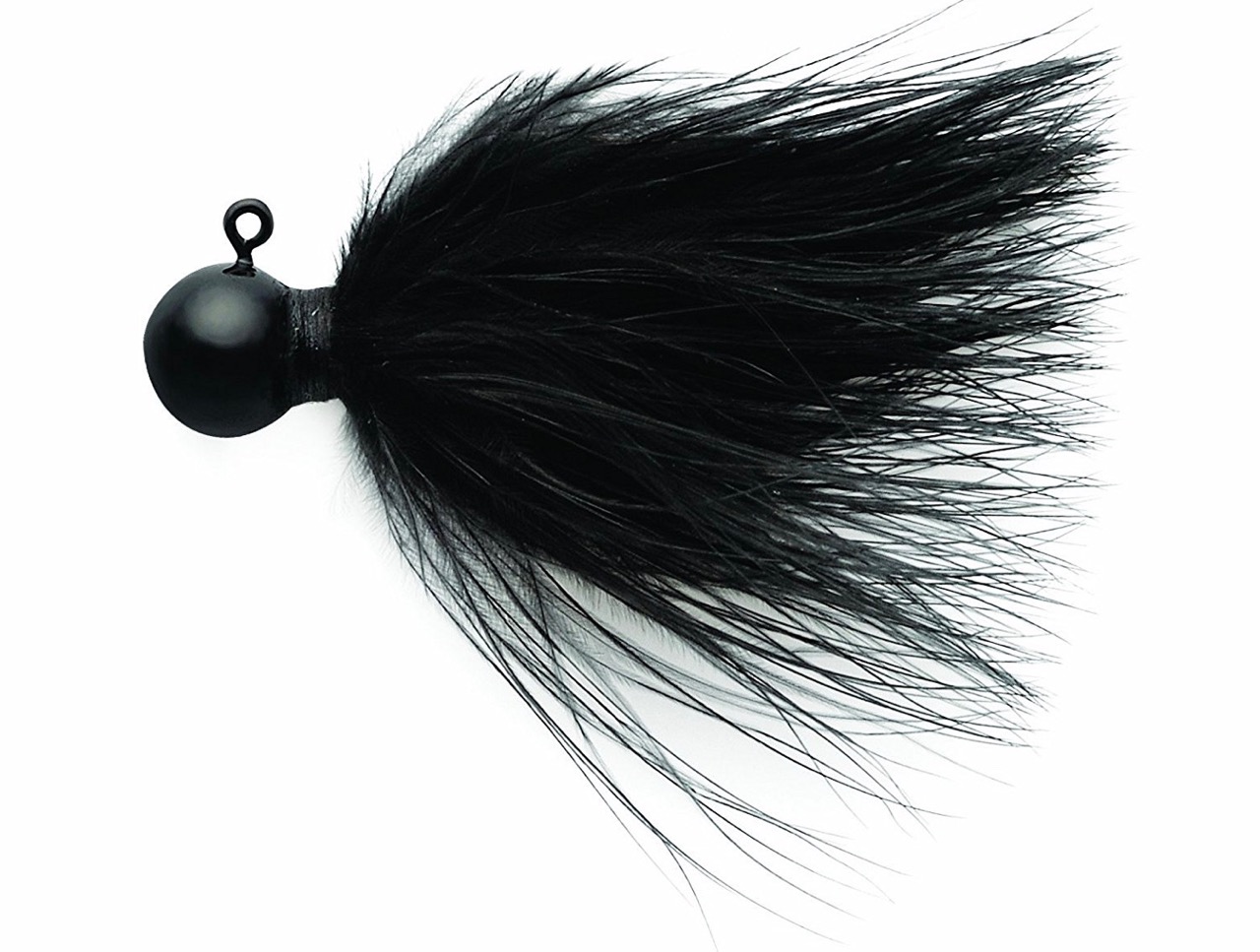The jig is up
Tiny marabou hair jigs are one of the hottest secrets on the pro bass circuit—until now
Advertisement
The marabou set-up
So, why is such a simple-looking lure so deadly effective? Do the bass mistake it for a leech, an aquatic insect or maybe a minnow? To be honest, I suspect it’s all of the above, but at the end of the day, who really cares? What matters is that a hair jig is your best presentation most days for any number of scenarios, from spotting a bass cruising across a shallow flat to finding one on your sonar screen suspended beneath the boat. It is, quite simply, the ultimate finesse presentation.
Advertisement
As with most winning tactics, however, there’s more to it than first meets the eye. For starters, the best jig weight most days is either 1/16, 3/32 or 1/8 ounce. And you want the ball or mushroom head to be poured around a small, sharp, premium #2, #4 or #6 jig hook. When you stick a bass with this set-up, you can literally lay down your rod, eat lunch, sip a drink, then pick up your rod again and land the fish. It’s impossible for the fish to dislodge the sticky-sharp hook.

Many tackle makers—VMC, Northland Tackle, Lindy and Freedom Tackle, for example—offer ready-made hair jigs. They work for the most part, but when you see the eye-popping creations that come from the vices of masters such as Lake of the Woods guides Hiram Archibald, Big Joe Pritchett and brothers Norm and Dave Lindsay, let’s just say they take it to an entirely different level.
The difference starts with the marabou itself. You want individual, firm, catlike whisker fibres, not soft, webby material. Archibald once told me he’ll carefully inspect dozens of bags of marabou in a tackle shop and not buy a single package if the material is not up to his specifications. He’s just that particular. Also, when you tie your own jigs, or have a fly-tying friend do it for you, you can pack twice as many fibres around the head than the sparsely tied store-bought versions.
Advertisement
Any colour of hair will work—so long as it’s black. Seriously, every hair-jig expert I know carries plenty of brown, pumpkin, olive, grey and silver hair jigs in their boxes, but they end most days with black, the same colour they tied on in the morning. For whatever reason, smallmouths simply prefer black jigs the most.
And don’t worry about the jig being too light to cast—as soon as the marabou gets sopping wet, the set-up becomes considerably heavier. One of the surprising subtleties of hair jigs is that they’re easy to cast when wet, but when they land on the water, they become almost neutrally buoyant, floating like butterflies and stinging like bees.
Advertisement


